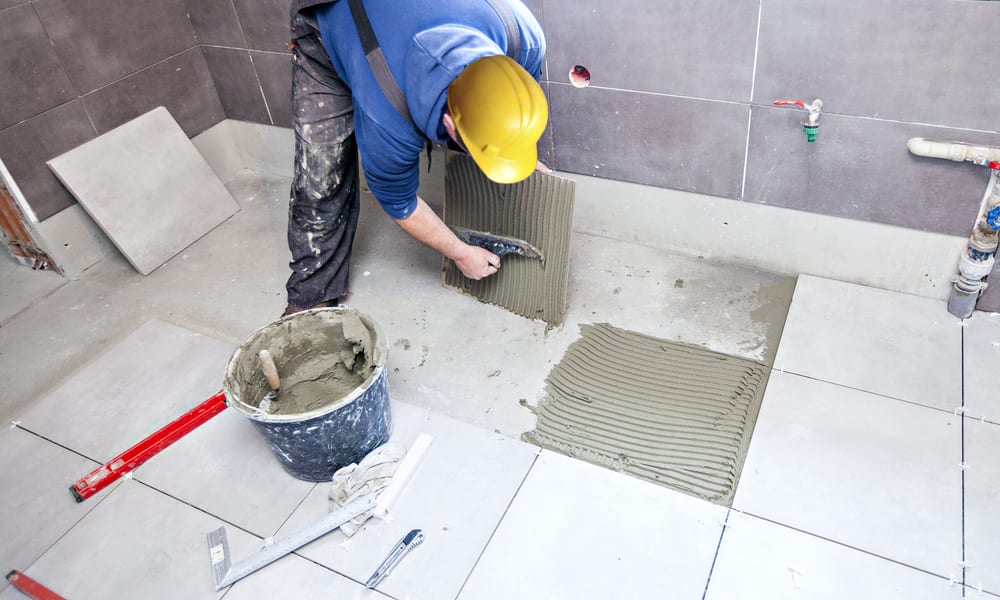Window Replacement Jobs: Skills, training, and workplace roles
Window replacement work combines hands-on skill, safety awareness and understanding of building requirements. This field spans small local services to larger construction projects, and it can be entered through vocational training, on-the-job experience or specialised installation courses. This article outlines the typical tasks, training routes, and what to expect when considering a career in window replacement.

What does a window replacement job involve?
A window replacement role typically covers removing old frames and glazing, preparing openings, fitting new units, sealing and finishing, and checking thermal and weather performance. Technicians handle different materials — timber, aluminum, PVC and composite — and must use cutting, measuring and glazing tools accurately. Good customer communication is also important, because installers often work in occupied homes or active construction sites to coordinate access and explain finishes.
How does installation work in construction projects?
In construction settings, window installation must align with project schedules, structural interfaces and building codes. Installers coordinate with carpenters, builders and insulation teams to ensure correct flashing, airtightness and load-bearing requirements. On larger sites, work can be staged with site managers and quality control checks; on smaller renovation projects, installers may also perform finish carpentry and site cleanup. Understanding construction sequencing and documentation improves efficiency and reduces rework.
Which training and career routes are common?
Career paths range from apprentice installer to site supervisor or estimator. Many enter through vocational programs or apprenticeships that teach joinery, glazing and basic construction skills. Short courses cover specific installation systems, sealants and energy-performance measures. Employers often value hands-on experience and evidence of safe working practices. In some countries, certificates in trade skills and recognised apprenticeships provide structured progression; requirements vary by region and employer.
What safety and technical skills are needed for installation?
Safety is critical: working at heights, handling glass and operating power tools all carry risks. Training typically includes fall-protection, manual handling, and safe glass handling procedures. Technically, measuring accuracy, understanding thermal and acoustic ratings, and knowledge of sealant compatibility affect long-term performance. Familiarity with reading plans and basic site surveying helps installers fit products that perform as intended and comply with local building regulations.
How does the role vary in France and local markets?
Market practices and qualification names differ by country. In France, vocational routes and apprenticeships are common ways to gain practical experience and recognised credentials related to carpentry, glazing or metalwork. Regional demand, climate considerations and energy-efficiency regulations can affect the types of windows specified and the emphasis on airtightness or thermal performance. Those seeking work should check local services, training centres and sector organisations in their area for up-to-date guidance on qualifications and job opportunities.
Conclusion
Window replacement jobs blend technical installation skills, safety practices and an understanding of construction interfaces. Career progression can move from hands-on installation to supervisory or estimating roles with additional training and experience. Requirements and recognised qualifications vary by country, so prospective workers should consult local vocational programmes and regulations to plan their training and build practical experience before pursuing opportunities in this sector.






